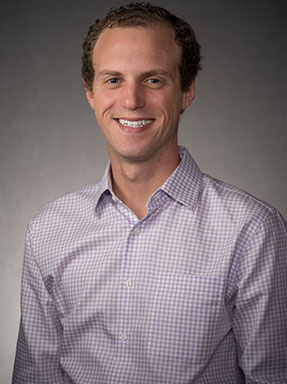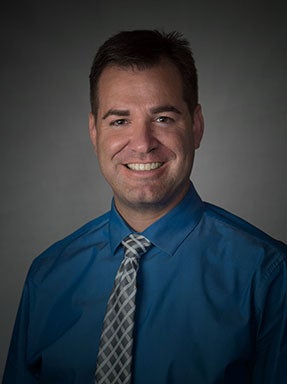Preserving the Press
Digitization Keeps the Clarion Accessible to All

Some 47 years after their publication, the yellowing pages of an archived Denver Clarion show their age with every crinkling turn. But the smile on the face of the sexagenarian flipping through them looks like it came fresh off the morning presses.
“We were so proud of this,” says Steve Lang (BA '72), then-managing editor of DU’s student-run newspaper. He stops. “One of my big regrets,” he says, motioning down at a page. “The dots under that z are too big!”
The other people in the room laugh. They get it like few do.
As the University celebrated “Real News Day” in April, former editors and alumni of the Clarion gathered in the basement of the Anderson Academic Commons to celebrate a project that will preserve their meticulously crafted creations for generations to come.
Soon, students, faculty and the greater community will have a free digital subscription to every back issue of the Clarion, thanks to efforts by Archives & Special Collections at the University Libraries. The department has made it its mission to scan each page the 123-year-old paper has ever printed. Simply click to the library’s special collections page, and step back in time.
Users can glance over front page headlines from 1923, when all it took was 1,100 students “thronging the campus” to “test the capacity of Denver U.” They can see seemingly unbelievable ads for a $17 lift ticket during Copper Mountain’s 1983-84 ski season. They can follow the escalating tensions of 1970, as hundreds of students camped out in a “Woodstock West” commune to protest the Vietnam War.
“I think it’s important just to be able to look back at the history of the university and not just through the lens of official capacities,” says Matthew Branaugh (BA ’98), who worked on the paper for two years, “but also through the lens of the students and their experiences and how they saw campus life at those particular moments, whatever generation they are.”
The unique student perspective is what makes the project so valuable for curator Kate Crowe. As the University has worked to document its history, the Clarion was instrumental, covering things other outlets didn’t. In the classroom, students like to see the issues of the day through a college student’s eyes, she says, plus “nobody wants to read Board of Trustees minutes.”
Professors utilize the old black-and-white prints to add color to their courses — whether in writing or sociology. The fragile pages teach lessons in observational research and primary source analysis, Crowe says.













